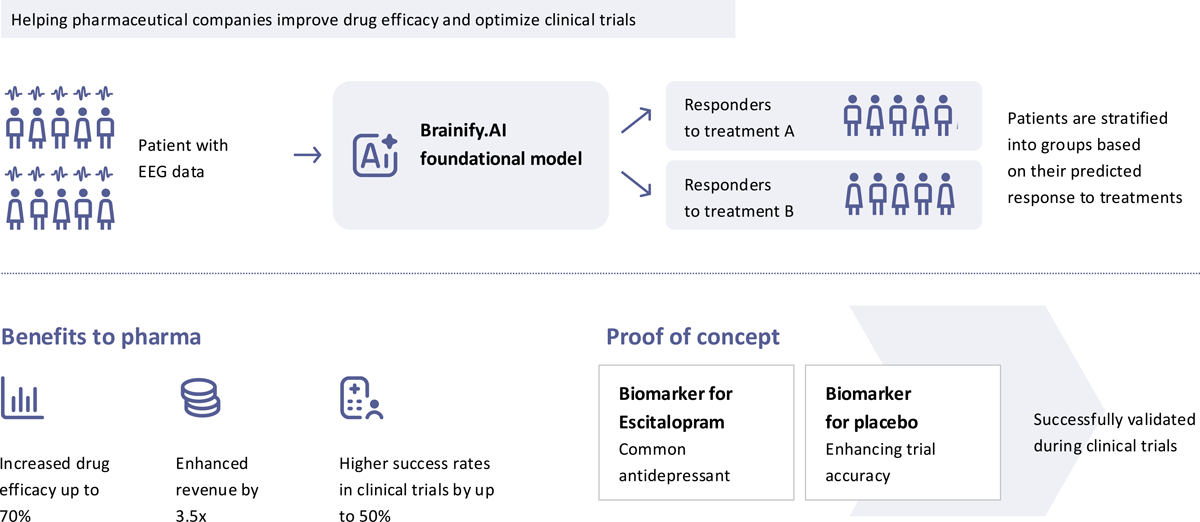- Select a language for the TTS:
- UK English Female
- UK English Male
- US English Female
- US English Male
- Australian Female
- Australian Male
- Language selected: (auto detect) - EN
Play all audios:
Access through your institution Buy or subscribe The use of virtual reality (VR) environments for studying human cognition has opened new avenues of research, particularly in the field of
spatial cognition. These simulated environments enable researchers to investigate place coding in the brain, specifically place cells and grid cells. The discovery of place coding cells is
so scientifically relevant that the researchers behind it were awarded the 2014 Nobel Prize. These cells have been studied extensively in rodents that are allowed to move freely and in other
animals. However, when we investigate neural mechanisms of spatial navigation in humans, the task becomes complicated for practical and ethical reasons. Traditional methods of studying
spatial cognition in humans used 2D low-level stimuli, such as a dot at a specific location on a computer screen. These studies also instructed participants to be at rest while performing
the task, to accommodate the limitations and precautions associated with the measurement of cellular signals. Although non-invasive methods such as scalp electroencephalogram exist, they are
limited to more superficial areas of the brain and do not afford cellular resolution. This is a preview of subscription content, access via your institution ACCESS OPTIONS Access through
your institution Subscribe to this journal Receive 12 digital issues and online access to articles $59.00 per year only $4.92 per issue Learn more Buy this article * Purchase on SpringerLink
* Instant access to full article PDF Buy now Prices may be subject to local taxes which are calculated during checkout ADDITIONAL ACCESS OPTIONS: * Log in * Learn about institutional
subscriptions * Read our FAQs * Contact customer support REFERENCES ORIGINAL ARTICLE * Ekstrom, A. et al. Cellular networks underlying human spatial navigation. _Nature_ 425, 184–188 (2003)
Article PubMed Google Scholar RELATED ARTICLE * Stangl, M. et al. Mobile cognition: imaging the human brain in the ‘real world’. _Nat. Rev. Neurosci._ 24, 347–362 (2023) Article PubMed
Google Scholar Download references AUTHOR INFORMATION AUTHORS AND AFFILIATIONS * Department of Psychology, University of Arizona, Tucson, AZ, USA Yinqi Huang Authors * Yinqi Huang View
author publications You can also search for this author inPubMed Google Scholar CORRESPONDING AUTHOR Correspondence to Yinqi Huang. ETHICS DECLARATIONS COMPETING INTERESTS The author
declares no competing interests. RIGHTS AND PERMISSIONS Reprints and permissions ABOUT THIS ARTICLE CITE THIS ARTICLE Huang, Y. Leveraging virtual reality to understand human spatial
navigation. _Nat Rev Psychol_ 2, 662 (2023). https://doi.org/10.1038/s44159-023-00243-3 Download citation * Published: 06 October 2023 * Issue Date: November 2023 * DOI:
https://doi.org/10.1038/s44159-023-00243-3 SHARE THIS ARTICLE Anyone you share the following link with will be able to read this content: Get shareable link Sorry, a shareable link is not
currently available for this article. Copy to clipboard Provided by the Springer Nature SharedIt content-sharing initiative









